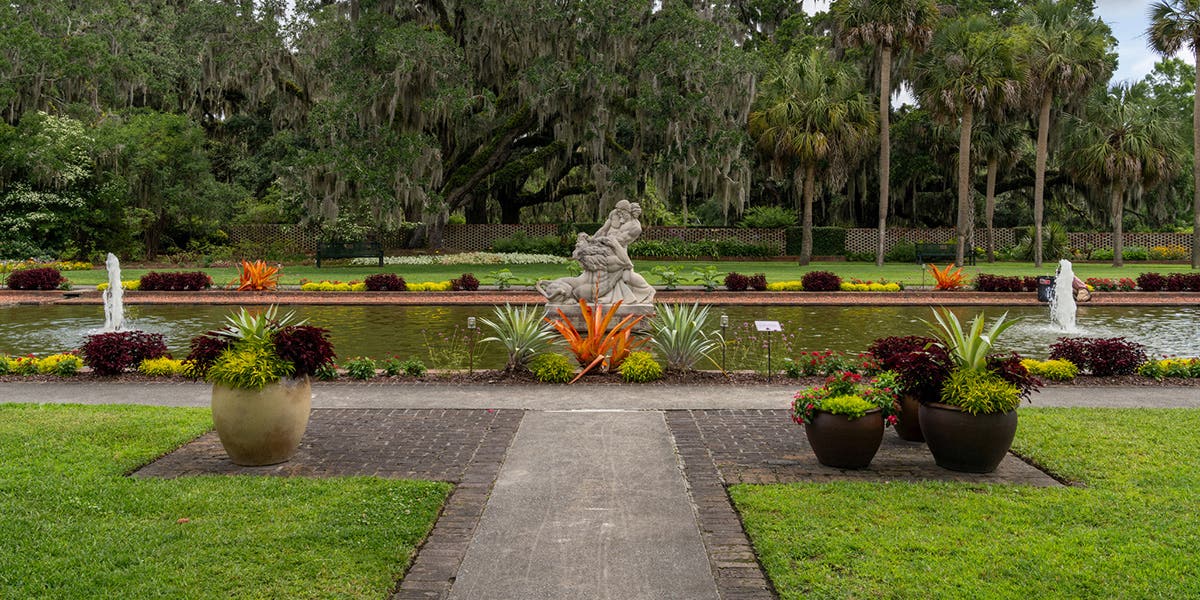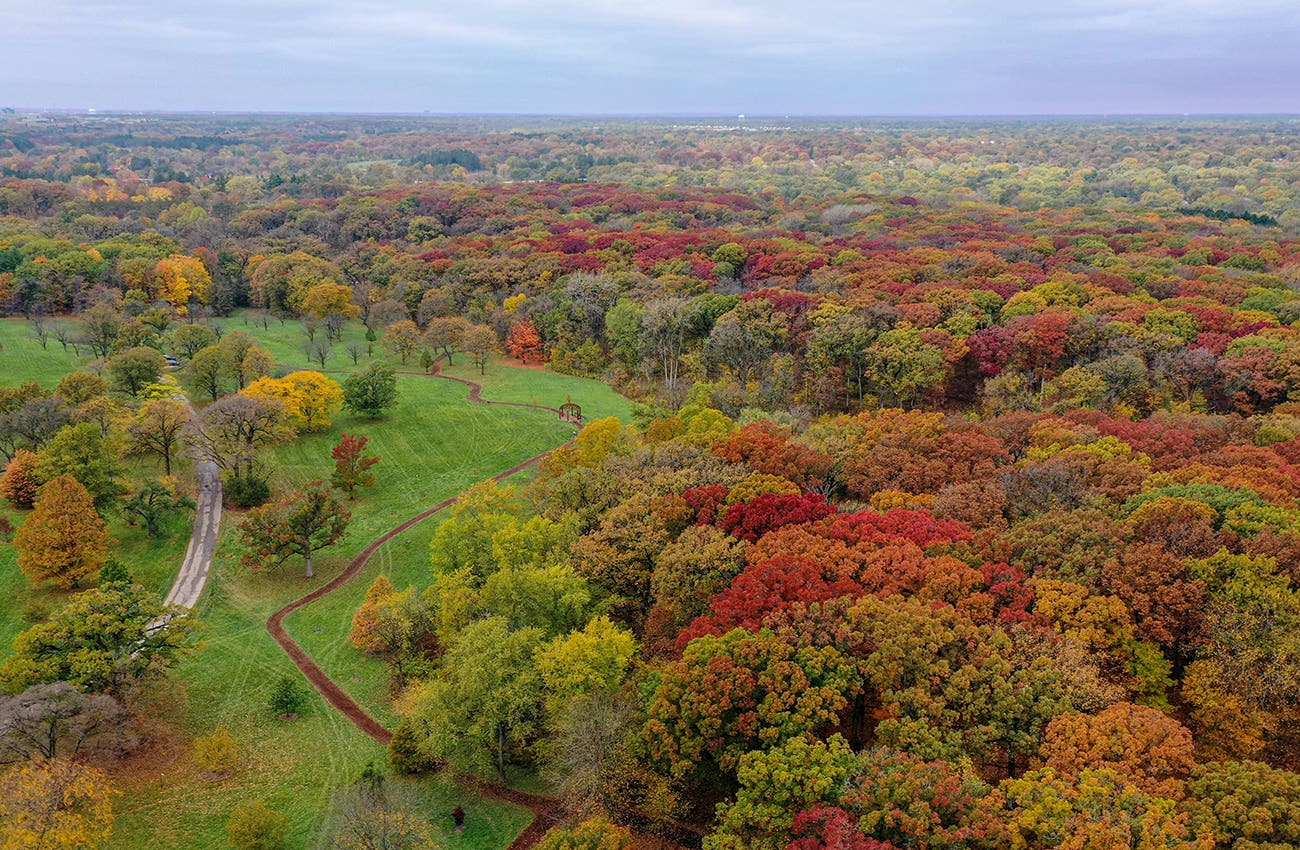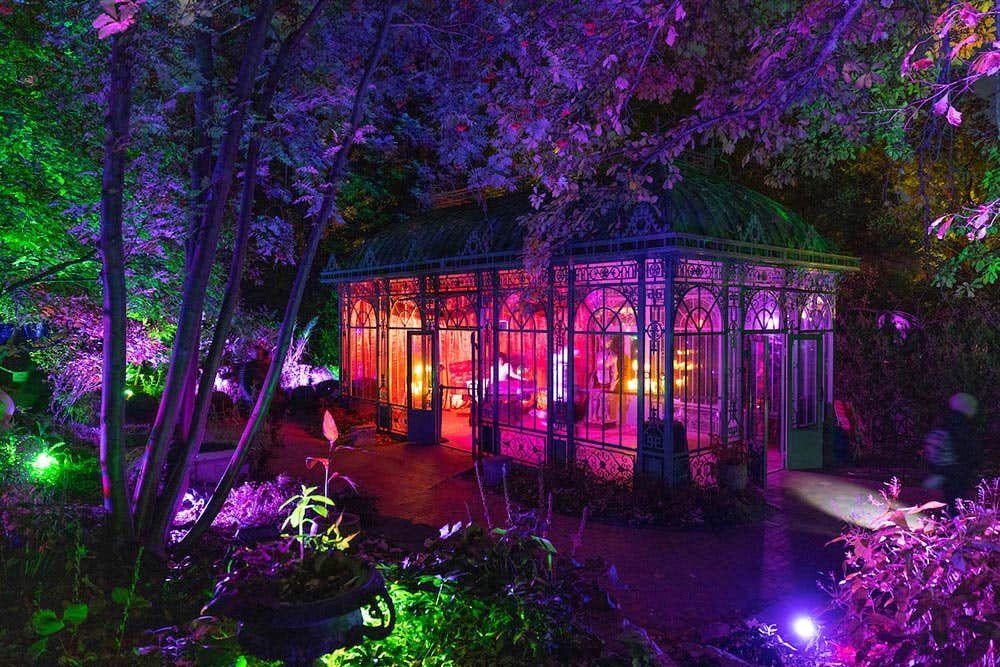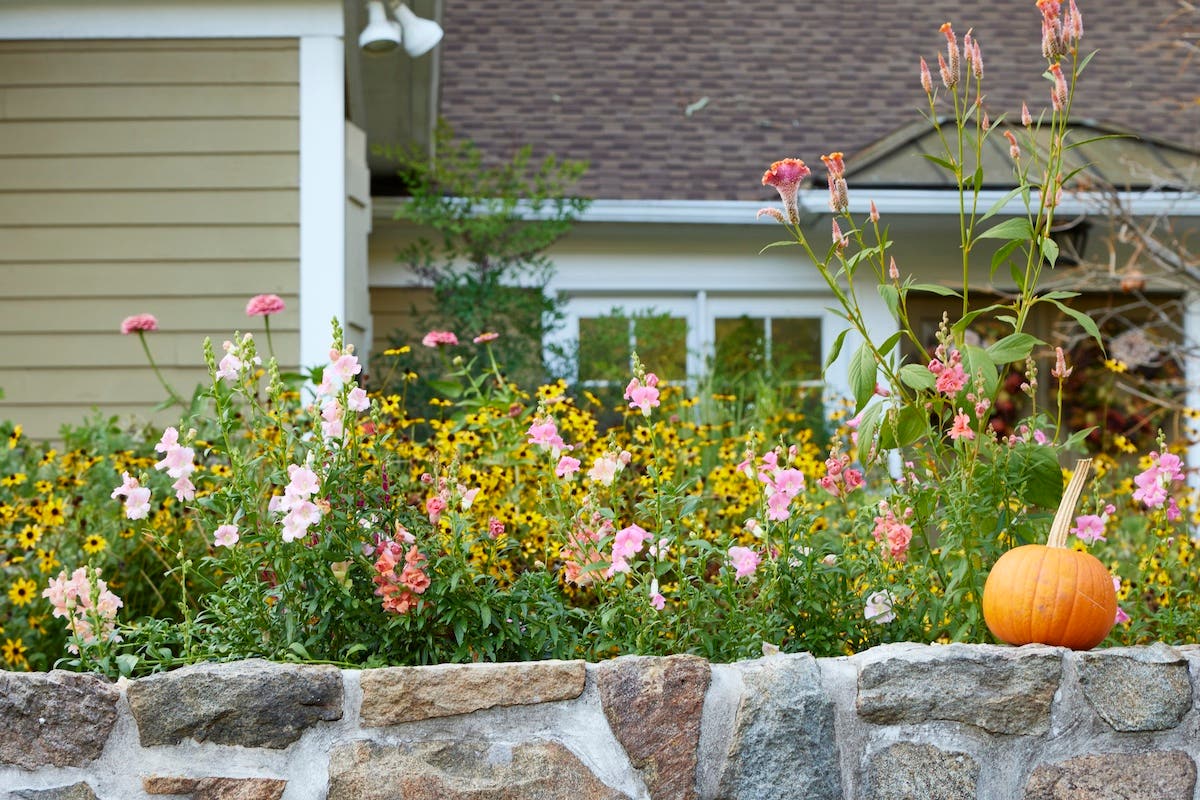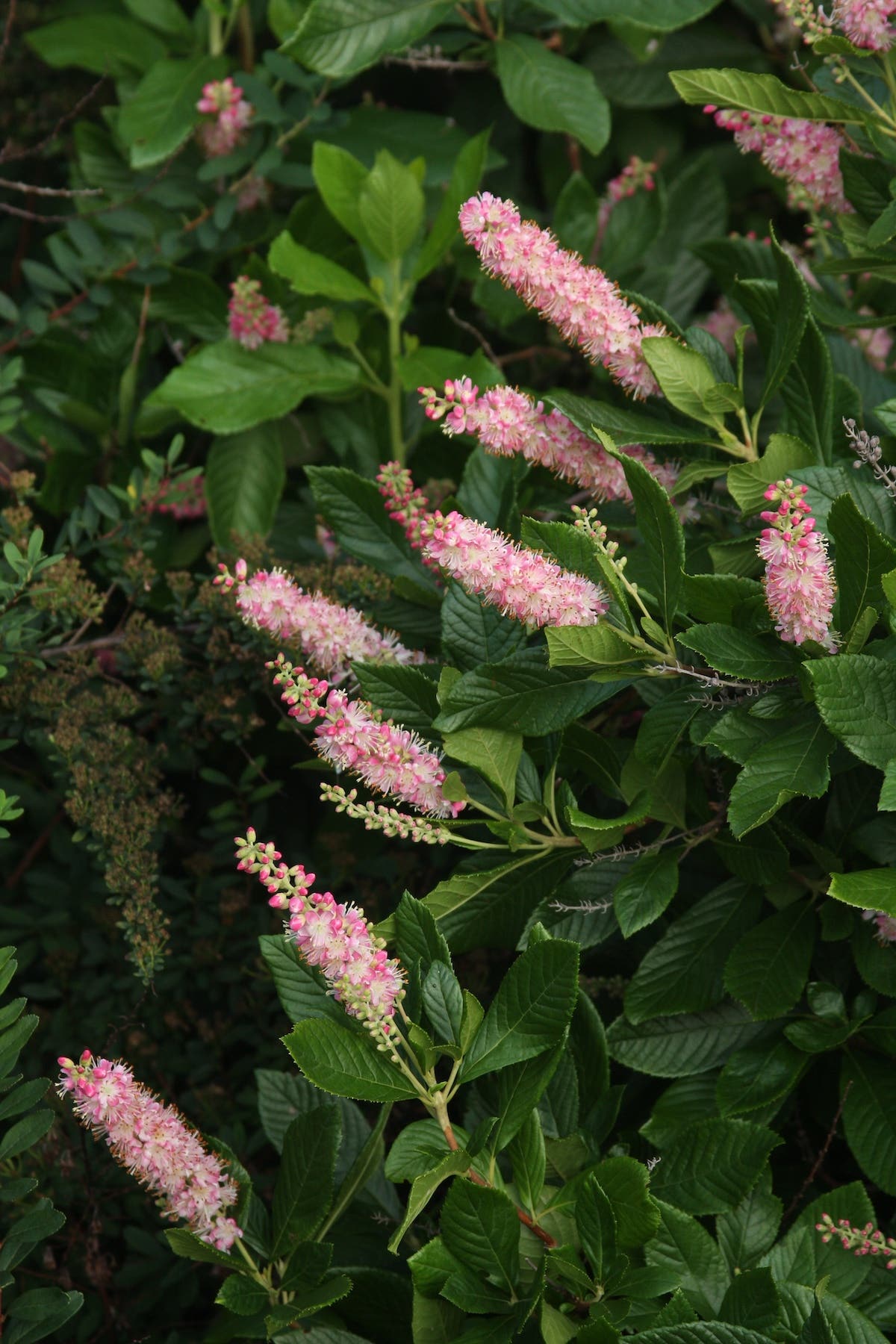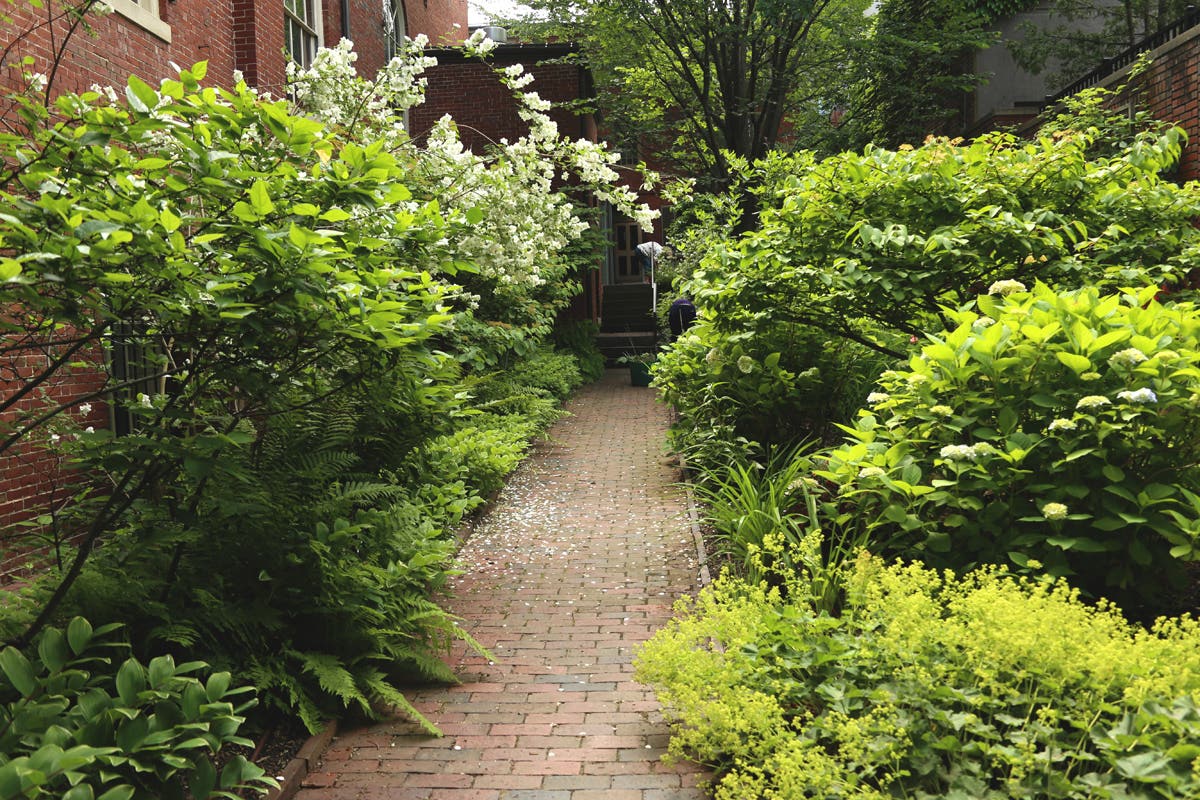Garden Design Advice for Plant Lovers
Follow these steps to refine the collection of plants in your garden and make the design more appealing.
Did you ever find an old jigsaw puzzle without any picture to guide you to the solution? If you can't resist purchasing, propagating or otherwise gathering new plants, putting together a garden design can remind you of just such a challenge.
You've heard designers speak about structure and balance, the need for negative space, repetition, fitting in with a regional style. But these rules seem to stand in the way of your true goal: adding more plants!
Of course you want to display your treasured plants so beautifully that every visitor draws a sigh of envy. Yet the task of rearranging your existing plants into an appealing garden design, while still keeping space for future additions, sometimes seems impossible. But it can be done!
Narrow your plant collection
As a true plant lover, you likely have an extensive wish list of plants to add, as well as quite a cast of specimens already scattered throughout your garden.
To bring order to your garden design, first list all your existing plants—those that “came with the house” as well as the treasures you've acquired. It helps to keep separate lists for trees, shrubs, perennials and grouncovers so you can see where you are truly out of control.
Next, critically assess plant health. If any are doing poorly and unlikely to do better elsewhere in your garden, cross them from the list and remove them from your garden as soon as possible.
Then decide if you truly like the remaining, healthy plants where they are. Cast a steely eye on the garden. Determine which of your existing plants (plus those you intend to soon acquire) are truly crucial pieces of the garden design puzzle. Get rid of those that don't make the cut.
When that's done, you have made critical garden design decision number one! You've determined which plants will drive the long-term framework of your garden.
Create a framework garden design
Successful garden design develops a simple, hardworking layout that leaves plenty of room for experiments while keeping things orderly. You'll be most pleased with your plants—and have room for more—if they create a cohesive picture.
Related: "Adding Structure to the Garden"
Look at your inventory lists again and ask the next critical question: Do you like your existing structural plants (trees and shrubs)? Just because a plant is in your garden is not a reason to keep it, or, within reason, to keep it where it is. If a large spruce or maple is not only giving dense shade but also taking every drop of moisture, take it out. There are too many good plants on your lists being blocked by the tyrants that came with the house.
Ignore your existing garden design and find the longest line in the layout. It's probably a diagonal. Now think of making a view from end to end of this line, and create “pocket stages” for your most treasured plants along the way. You'll be drawing people to explore to your furthest point, and you'll offer surprises. Make paths that meander to reveal hidden areas, remembering to wind around something (a showpiece plant?). Keep a minimum width of four feet to allow summer growth to spill over and still preserve a walkway.
Maximize your plantable space
Reconsider every space that could potentially be part of your garden design, including turf, driveway, utility areas and parking strips. Reassess all the microclimates and soil pockets. Think of optimizing the water from downspouts with plants that need just that extra bit of moisture. Check whether you're maximizing your use of winter shade (for evergreens that would otherwise burn) and summer sun (for those that need heat to mature). Consider which plants from your lists prefer these conditions and don't be afraid to move things around.
Turn the edges of your property into planting spaces that are simultaneously design elements and plant showcases. Go back to your inventory and see which plants in your collections can take the role of ruling the edges, perhaps serving as a hedge or part of a long mixed border.
Make every structure serve double duty! If you build a wall, make it a planted wall, or use it as a support for climbers; create planting pockets in your terrace and paths; add window boxes to a deck; turn a lawn into a meadow and mow paths through it; surround utility areas with trellises for vines; even replace part or all of your blacktop drive with porous gravel to serve as a place for self-seeders. Additional space can come from layering trees, shrubs and ground covers within beds, making every inch do double or triple duty.
Related: "How to Design a Front Entry Garden"
Fit in special plants
Once you've whittled your collection, redesigned your garden's frame and expanded your planting areas, it's time to place your choice favorites. Try doing so in unexpected places. This element of your garden design will make your garden visitors look twice.
It's easy to take a collection of Japanese maples and make them the basis for a woodland garden, but they could equally well line a driveway, frame a parking court, edge a terrace or back a border.
Mad about lilacs? Try organizing them by color, fragrance or time of bloom, then plant them as a mixed hedge near an herb or cutting garden.
Don't have space for five witch hazels? Choose two, maybe a favorite for fall foliage and one for winter bloom. Make them the very best specimens you can find and plant them in special sites along your pocket stages.
That's the heart of handling a plant lover's garden—act as the collectors of fine art do. Constantly reassess your plants, search out the best and share away the rest. You'll not only make a new gardener very happy, you'll be inducting someone else into the joys of collecting plants!


